Recently, the print industry has undergone exciting changes, moving away from the past to embrace innovation. If you’re a designer, artist, publisher, or print business owner, you’ve likely noticed that print has evolved beyond ink on paper. In 2025, it’s not just about what you print, but how and why you print it.
From AI-powered workflows and sustainable materials to hyper-personalized prints and short-run flexibility, the print world is undergoing a creative and technological renaissance.
Whether you're navigating rising material costs, exploring new revenue streams, or just trying to keep your production process efficient, staying ahead of the trends is no longer optional—it’s essential.
The good news? There’s never been a more exciting time in this industry. In this post, we break down the top 10 print trends shaping 2025—so you can work smarter, create better, and stay ahead of the curve.
Print nowadays is smarter, faster, and more sustainable than ever. From AI automation to eco-conscious materials, the industry transforms how we design, produce, and deliver print. Here are the top ten trends that's making waves in the print industry:
You're not alone if you’ve ever guessed how much stock to print and ended up with unsold material. Print on Demand, as a business model, fixes that for your online business and supports your business growth. Print on Demand trends 2025 is a must-have for small brands and indie creators who want to sell unique products in high demand and creative designs.

You upload a design, someone places an order, and it gets printed—it's that simple. There’s no upfront inventory cost, storage stress, or pressure for massive runs, contributing to a favorable average profit margin. This makes it ideal for testing products or running a lean eCommerce brand in an online store.
The best part? It syncs perfectly with personalization, especially for high demand products. Whether it's art prints, tees, or merch, customers want unique items including home decor items.To fulfill these needs, POD delivers fast, high-quality results without locking you into bulk.
If you’re an author ready to publish or a creative launching new designs, POD gives you the freedom to test and grow without the upfront risk. At Ex Why Zed, we specialize in high-quality short runs, offering the flexibility and professional finish independent creators need. With a helpful team and no-pressure order sizes, it’s a reliable way to bring your work to life, your way.
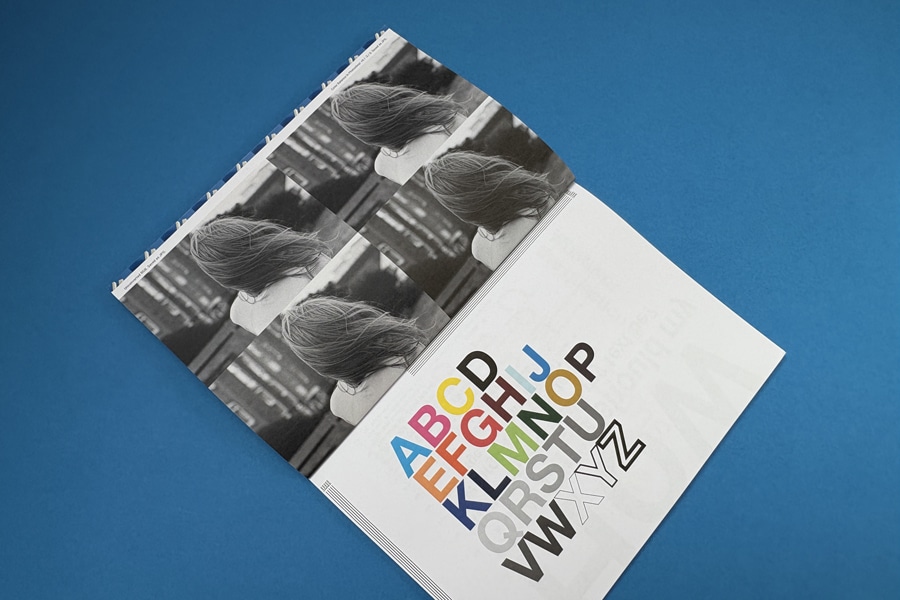
Let’s be real—time is money, especially when clients want results yesterday. Digital printing provides the speed, precision, and personalization modern businesses need without setup headaches or long delays.
Forget large minimum orders. Whether you're printing brochures for a pop-up or custom labels for a product launch, digital printing scales effortlessly.
Tech upgrades in inkjet and toner mean print quality now rivals traditional offset. You get sharp color, quick turnarounds, and happy customers, minus the waste or waiting.
If you're exploring digital printing for your creative work, ExWhyZed offers a flexible, high-quality solution. Our HP Indigo presses are ideal for short runs—whether it's one copy or a few hundred. You’ll get sharp, professional results without the bulk commitment.
We also offer free file checks and paper samples to help you get it right the first time. Plus, with fast turnaround and optional fulfillment, the process stays smooth from start to finish. You can check out the complete details of digital printing here.

Think 3D printing is still just for models? Not anymore. Currently, it’s reshaping everything—from jewelry and packaging to prosthetics and product parts—with custom, on-demand designs that actually work.
Picture this: a designer creating made-to-order metal rings. A startup printing functional product samples in hours, not weeks. 3D printing makes it real and fast.
It’s perfect for one-offs, short runs, and complex ideas that traditional methods can’t afford. If your business thrives on innovation or personalization, this is your playground.
And it’s not just plastic anymore. With materials like ceramics, metal, and biocompatible materials in the mix, 3D printing is unlocking design freedom across industries.
AI and ML aren’t just buzzwords—they’re changing how print businesses operate day to day. In 2025, these technologies will power a smarter, faster printing process, boosting efficiency and personalizing outputs.
AI-led automation streamlines tasks and allocates resources better, so your team spends less time fixing errors and more time delivering results over a long time. Marketing efforts are enhanced as ML analyzes customer data to create tailored print materials that include product recommendations, boosting engagement and loyalty.

Technically, AI improves print quality by automatically optimizing colors, resolution, and sharpness—no extra steps are needed.
Thanks to predictive maintenance, ML helps identify equipment issues before they cause downtime, keeping operations smooth. With all this built in, AI and ML aren’t future upgrades—they’re tools helping print companies work smarter and save money today.
Cloud printing is a game-changer. In 2025, it is helping businesses stay lean, creative, and responsive by connecting print processes with the flexibility of the cloud.
Need to fulfill a custom tote bag order from across the country? No problem. Cloud printing lets you design, approve, and send jobs from anywhere—perfect for remote teams and eCommerce sellers.

It also supports real-time collaboration and helps automate production queues, so deadlines are met faster with fewer errors. Plus, it cuts infrastructure costs and scales as you grow.
Cloud printing offers freedom, efficiency, and a competitive edge to businesses looking to move fast and stay ahead in the print industry.

Sustainability nowadays isn’t optional anymore—it’s a value customers expect. Eco-friendly printing will go mainstream, with print shops using smarter materials like compostable phone cases and cleaner processes to cut their environmental footprint.
Think recycled paper, water-based inks, and energy-efficient machines. It’s not just about going green—it’s about staying relevant to conscious buyers who care how products are made. These changes, from reduced waste to lower emissions, show your commitment to the planet and build long-term customer trust.
ExWhyZed is committed to eco-friendly printing and is exemplified in their collaboration with Moof Magazine. For Issue 12, we have utilized 100% recycled Evolution Uncoated paper for both the 160gsm cover and 90gsm inner pages, achieving a sustainable yet high-quality finish.
This approach demonstrates that environmentally conscious choices can coexist with vibrant design and professional production. ExWhyZed's dedication to sustainability ensures that creators can produce compelling print materials without compromising their environmental values. Check it yourself here.
Everyone wants something made just for them. That’s why personalization is a powerhouse trend, turning generic prints into meaningful experiences customers connect with.
Using digital printing and variable data, brands can tailor every piece—from names on mailers to custom colors on packaging—without slowing down production.
Personalization is more than a design tweak. It increases emotional connection, boosts response rates, and builds loyalty. Customers feel seen, and they keep coming back.
As AI and machine learning evolve, expect even deeper personalization at scale. The future of print isn’t one-size-fits-all—it’s tailor-made, every time.
Technology is reshaping print, and innovative packaging is leading the charge in 2025. It blends digital features into products, offering interaction and visual storytelling beyond basic information. Smart packaging connects with smartphones to deliver nutritional data, usage tips, or even augmented reality experiences.
Consumers can scan codes or tap embedded chips to access brand videos or games, enhancing their experience with product descriptions that attract target customers. It also boosts authenticity and traceability, fighting counterfeiting and showing the product’s journey. Interactive packaging builds brand affinity by offering engaging experiences.
Smart packaging adds value beyond the label as expectations rise, redefining what print means in a connected world.
Pocket printers are booming currently, offering sleek, mobile printing for those who need quick results anywhere. Compact and wireless, these devices enhance the shopping experience by freeing users from bulky desktop printers. From photos to labels, the convenience is unmatched.
They’re more than gadgets—they spark creativity. Print a photography on a trip becomes a real-time memory.
Moreover, these printers redefine how people engage with physical media, making print personal and accessible.
As digital life speeds up, portable printers highlight how print remains relevant—agile, fun, and fully integrated into modern lifestyles.
In 2025, data is essential for print businesses seeking efficiency and growth. Analytics tracks performance, trims costs, and reveals opportunities. It empowers smarter decisions by highlighting production output, satisfaction levels, and operational gaps.
Understanding trends and customer behavior uncovers innovation paths. Predictive tools help forecast demand, improving planning.
Besides, data-driven resource allocation cuts waste and boosts performance. Lastly, analytics provides the clarity needed to pivot quickly, optimize services, and stay competitive.
Data ensures it moves forward with purpose and precision as the print industry evolves.
As the print industry evolves, Ex Why Zed is your strategic partner for staying ahead in the market. Our expertise in various printing media helps streamline your operations smoothly as we deliver innovative, customized solutions, keeping in mind various industry trends.
Plus, our ability to seamlessly integrate eco-friendly practices and personalization into print operations makes our client stand out in the industry.
Let us help you stay ahead of the curve, streamline your processes, and create lasting impressions with customers in the world of print. Contact us now!
The print world isn’t what it used to be—and that’s good. In 2025, printers aren’t just pushing ink on paper anymore; they’re pushing boundaries. Whether battling fierce competition or responding to what today’s customer really wants (think: fast, personal, and eco-friendly), the industry is in full-on transformation mode.
We’re seeing way more than just sleeker machines. AI, machine learning, and 3D printing are baked into everyday print workflows. It's not just about speed—it’s about smart, data-driven choices. And let’s talk about customization. From personalized packaging that tells a story to pocket printers that fit in your palm, everything’s getting more personal, mobile, and interactive.
Even traditional setups are evolving. Cloud printing, digital workflows, and Print on Demand Market Trends 2025 models are helping businesses move faster, reduce waste, and stay profitable in a tough market. This isn’t just progress—it’s a total reimagining of what print can do.
Artificial Intelligence (AI) significantly impacts the print industry by automating complex tasks, optimizing operational processes, and enhancing quality control in the manufacturing process. It allows real-time adjustments, predictive maintenance, and personalized print content, increasing efficiency, decreasing waste, and lowering operational costs.
Eco-friendly printing significantly reduces the industry's environmental footprint by utilizing sustainable materials and practicing energy-efficient operations. It minimizes waste, decreases toxic emissions, conserves natural resources, and promotes a healthier planet.
Small print businesses can integrate sophisticated e-commerce solutions by partnering with all-in-one production software platforms. These platforms can automate print production, enhance quality control, offer online ordering, payment processing, and shipping automation, providing an effective way to improve efficiency and scalability in print production, graphic design, and distribution.
To stay competitive in 2025, print businesses in the printing industry should embrace advanced technologies like AI and data analytics, adopt practical ways for eco-friendly printing practices, utilize the right tools to offer personalized printing solutions with sustainable printing partners, integrate smart packaging technology, leverage digital and cloud printing services, and respond quickly to changing consumer preferences.
Personalization greatly enhances consumer engagement in the print industry. It enables businesses to deliver unique designs and tailored experiences that resonate with individual customer preferences. By providing personalized print materials, enterprises enhance customer experience, increase customer loyalty, and ultimately drive sales growth.
Are you feeling overwhelmed by the constantly changing landscape of the book publishing industry? As a writer, it can be frustrating to navigate through the evolving trends and shifts influenced by the world of self-publishing, cultural changes, and economic factors.
This blog delves into ten critical book publishing trends shaping the industry's future, from technological impacts to socio-political influences. These trends present new opportunities and challenge writers, publishers, and readers alike, offering valuable insight into the future of book publishing.
Significant trends toward sustainability are set to impact the book publishing sector by 2025. Let's discuss these top trends in detail, from the surge in self-publishing and the rise of audiobooks & ebooks to authors embracing digital marketing and growing interest in political literature.
The publishing industry is shifting towards audiobooks and ebooks, offering readers convenience and instant access to a wide range of titles. According to the Association of American Publishers, audiobooks have seen a significant rise in popularity, with sales steadily growing yearly.
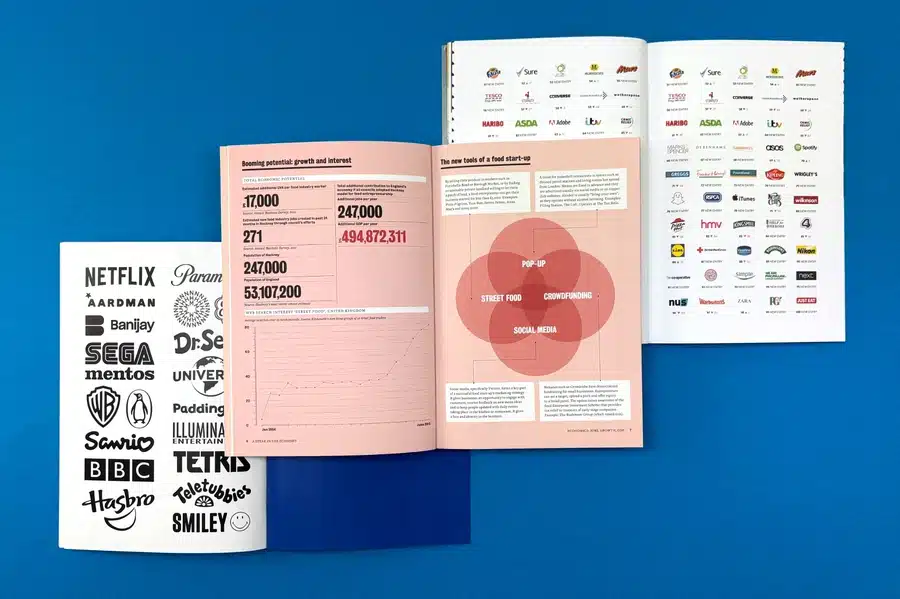
Ebooks, on the other hand, generate substantial revenue, with Amazon dominating the market. This trend has created opportunities for independent authors to quickly enter the digital publishing space. Tech advancements have further facilitated reader access to digital media from public libraries, shaping the modern publishing landscape.
An interesting trend in book publishing is the rise of platforms summarising nonfiction content. These platforms cater to our busy lives, providing quick summaries for readers who seek efficient understanding and new ways to consume information. As society values speed and efficiency, these services that simplify complex information will likely keep growing.
Also read: Self Publishing a Book in 2024 and Printing a Creative Idea.
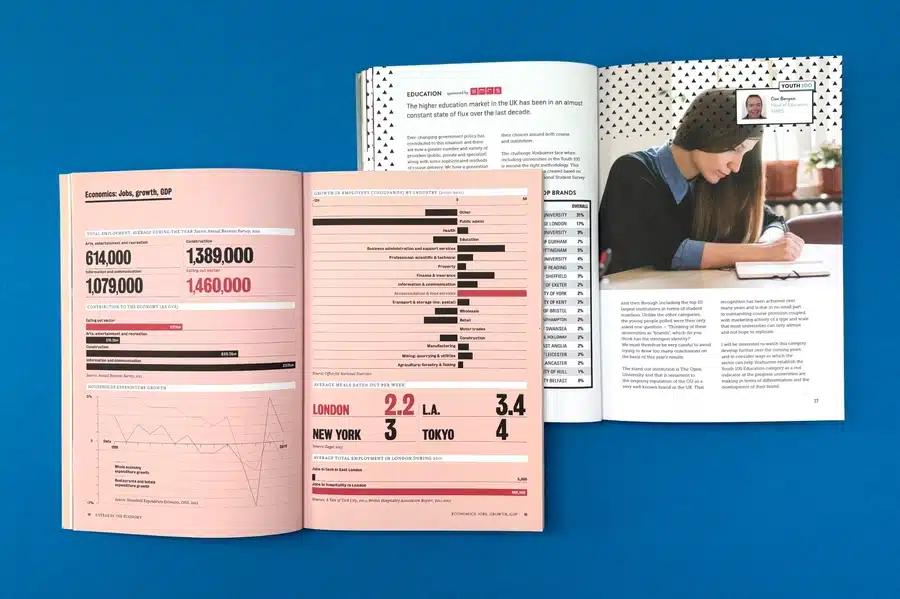
In today's polarised world, political books are highly popular. This trend is expected to continue beyond 2025 due to recent global political dynamics. Memoirs of political figures, such as Barack Obama's "A Promised Land," have seen remarkable success, with millions of copies sold. Books about polarising figures like Donald Trump also enjoy widespread popularity worldwide, including works on President Joe Biden. The sustained demand for political books reflects our collective interest in understanding the leaders shaping our societies.
Small bookstores have faced significant challenges due to the rise of online shopping and the impact of COVID-19. Many have struggled to stay afloat, but bookstores continue to find ways to adapt and generate revenue despite these difficulties. Some have embraced digital platforms, while others focus on creating unique in-store experiences. The future for small bookstores will rely on ongoing adaptation and resilience as they navigate a constantly evolving landscape.
The book publishing industry faces a significant trend: the conflict between libraries and book publishers over ebook access. Publishers have imposed restrictions on library ebook lending, limiting checkouts or licenses. This hinders libraries from serving their communities effectively. While libraries advocate for free information flow, some publishers fear profit loss. Negotiations between Amazon and the Digital Public Library of America signal ongoing industry tensions.
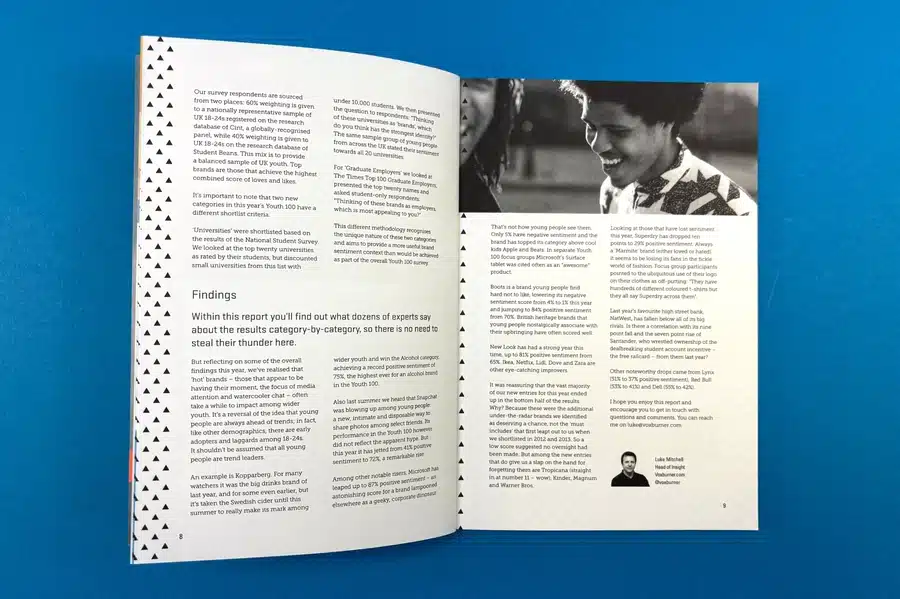
AI has transformed publishing, aiding authors in brainstorming and editing. Platforms like Grammarly and Jasper lead this shift, enhancing writer support. Looking to 2025, the ethical use of AI is crucial for a balanced human-machine creativity blend. AI streamlines content creation, improving writing accuracy and efficiency. These tools detect errors, enhance clarity, suggest topics, boosting productivity and quality.

By 2025, ethics in AI integration will be a focus of publishing. Balancing AI capabilities with human creativity is vital for authenticity and originality in literary works. This evolution ensures that technology ethically complements traditional creative processes, preserving human expression in storytelling.
Self-publishing, a growing trend, empowers authors to control their publication process through platforms like Amazon Kindle Direct Publishing. This trend is expected to continue expanding. Authors enjoy speed and control over design, editing, and pricing, catering to new and established writers seeking autonomy over their work's presentation and marketing. Self-published books allow authors to directly share their stories with audiences, introducing new perspectives and genres.
Platforms like Amazon's ACX convert books into various formats, while Wattpad offers collaboration opportunities with traditional publishers and potential adaptations into printed books or movies. The future of self-publishing presents exciting prospects for author innovation and exploration.
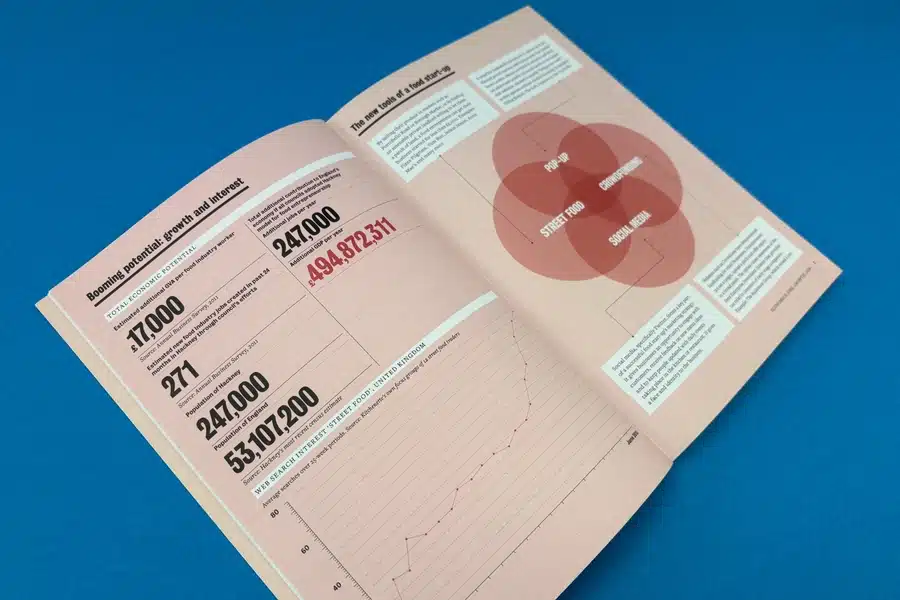
The publishing industry has experienced significant consolidation in recent years, with the 'big six' reducing to the 'big four.' This shift has raised concerns among critics about reduced competition for manuscripts and more challenging contract negotiations for authors. Calls for intervention have been made in Canada, the UK, and the US, but no concrete legislation has been passed yet. Watching how this trend unfolds and affects authors and the book market will be intriguing as we approach 2025.
Independent publishers like Ex Why Zed are gaining ground despite industry consolidation, taking bold risks with unique genres and emerging authors. These indie publishers champion diversity in literature, offering a broader range of perspectives. As we head into 2025, the influence of indie publishers, including ExWhyZed, will be one to watch in the evolving publishing landscape.

The book industry is shifting towards digital formats, with authors, especially self-published ones, focusing on online marketing and social media for effective book marketing. Email marketing is a powerful tool for engaging readers, while platforms like Facebook through #BookTok drive book promotion. AI is revolutionising marketing tasks for authors by aiding in writing blurbs and social media content. The future of publishing lies in embracing digital trends for meaningful author-reader connections in 2025.
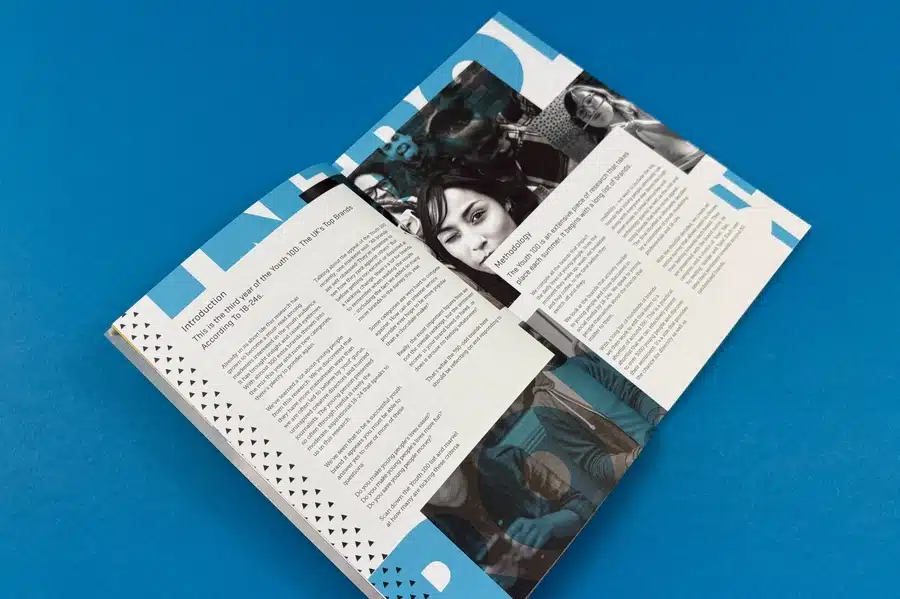
Stay ahead in the ever-evolving world of book publishing with Ex Why Zed, your trusted partner for expert insights and tailored publishing solutions. We guide authors and publishers through every stage of the publishing process—from manuscript development and design to innovative marketing strategies.
Whether launching a debut novel, exploring self-publishing, or expanding your publishing brand, Ex Why Zed helps you navigate industry trends and maximise your success. Let’s create exceptional books and shape tomorrow’s bestsellers together—Connect with Us today!
The publishing industry is undergoing a profound transformation, driven by technological advancements and societal shifts that are reshaping storytelling and placing greater emphasis on inclusivity. From the rise of digital formats to the growth of diverse voices and independent publishers, each trend adds a new chapter to this evolving narrative. As literary genres and experiences continue to diversify, writers and readers are offered new opportunities. Amidst this dynamic landscape, literature remains a powerful and unifying force. Embracing change is not just inevitable but crucial—highlighting the importance of navigating these developments to shape the future of book publishing.
New authors can break into the publishing industry by honing their writing skills, understanding their target audience, and crafting an engaging manuscript. They could opt for traditional publishing routes or consider self-publishing. Utilising digital marketing strategies is also essential to promote their work effectively.
Successful self-publishing strategies include understanding your target audience, crafting compelling content, investing in professional editing and design, utilising platforms like Amazon Kindle Direct Publishing, and leveraging email marketing and social media promotion to reach and engage readers.
Even though the demand for digital books is steadily increasing, printed books are not becoming obsolete. Many readers still prefer the tactile satisfaction of turning actual pages and building physical collections. However, according to trends, the growth rate of print book sales is slowing.
One can leverage the growth in ebooks and audiobooks by creating digital versions of their work. Self-publishing platforms or services like ACX can convert written work into formats suitable for a broader, digitally inclined audience, thereby increasing reach and potential revenue.